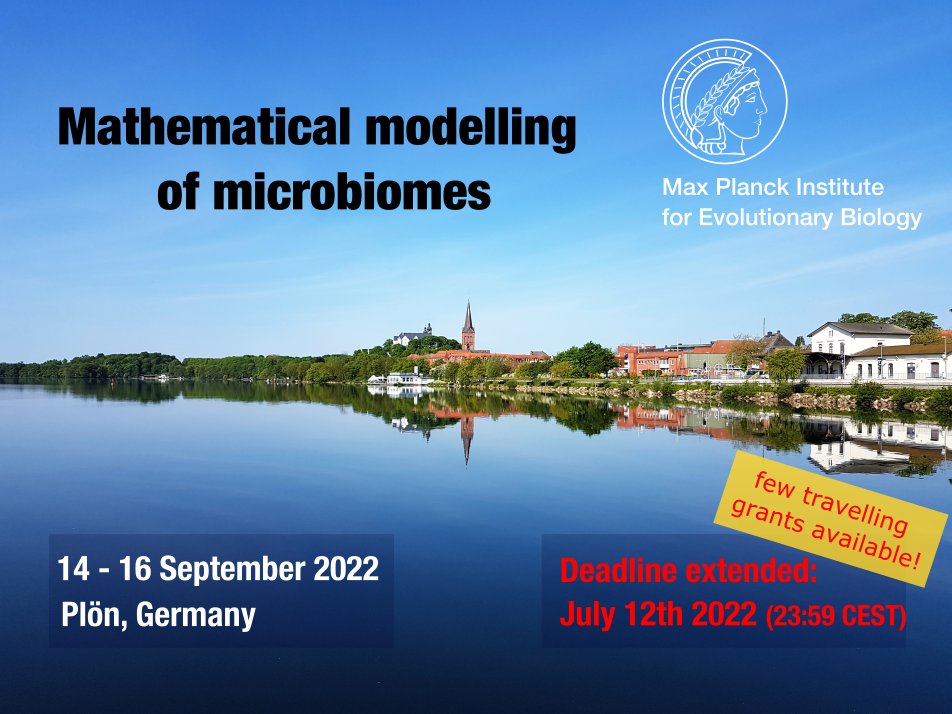Speaker
Description
Microbial communities are highly dimensional, with many species and many variable environmental factors. Macroecology, which studies communities as statistical ensembles, is a promising way to connect these complex data to mechanistic models. In this talk, I will discuss a minimal set of macroecological patterns that characterize the statistical properties of species abundance fluctuations across communities and over time. A mathematical model based on environmental stochasticity --- the Stochastic Logistic model (SLM) --- quantitatively predicts these three macroecological laws, as well as non-stationary properties of community dynamics. I will then use the SLM as a lens to unveil non-trivial statistical properties of microbiomes dynamics, with particular emphasis on stability and reproducibility. In particular, I will show that the variability of community composition is characterized by (at least) two timescales. The understanding of these two timescales allows to characterize, and quantitatively reproduce, the variability of composition across hosts. I will conclude with a discussion of how to include in the
model species' inter-dependencies.

